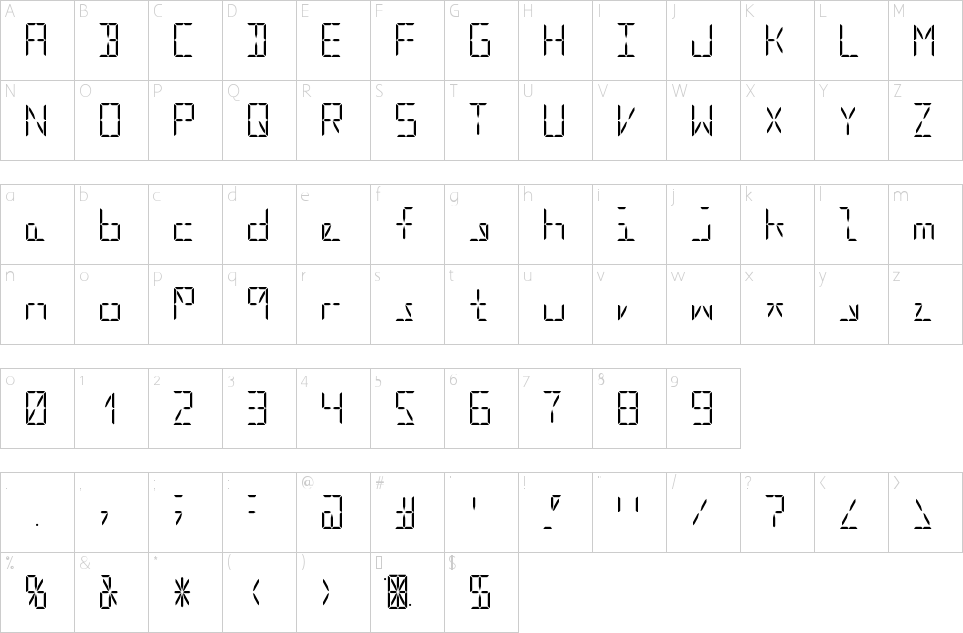
LabVIEW programįollowing are the steps required to design a 7-segment LED hexadecimal display using NI Labview:ġ. Certain characters appear in lowercase because B looks similar to 8 and D looks similar to 0 on an LED display.īoolean expression for each segment is shown in Table II. Also, hexadecimal outputs such as A, b, C, d, e and F have been shown. Decimal values from zero to nine are obtained for corresponding binary inputs as shown in Table I. The segment that should be illuminated is given as 1, which means high, as input.

In a CAD, all anode connections of the LEDs are joined together to a high logic or +Vcc and individual segments are illuminated by connecting individual cathode terminals to low logic or ground.

The individual segment is illuminated by the application of high logic or +Vcc or 1 to the individual anode terminal. In this display, all cathode connections of the LEDs are joined together to a low logic or ground or 0. There are two important types of 7-segment LED displays, namely, common cathode and common anode.Ĭommon cathode display (CCD). Some displays also have an additional input pin for displaying a decimal point. The standard 7-segment LED display has eight input connections, one for each LED segment and one that acts as a common terminal or connection for all internal display segments. This LabVIEW program demonstrates the illumination of each segment by displaying hex values (0000 through FFFF) in decimal form from 0 through 9 and A through F. In order to display the correct character or number, the correct combination of LED segments has to be illuminated. Typically, 7-segment displays consist of seven same coloured LEDs (called segments) within a single display package. This project takes you through simulating 7 segment display in labview. The 7-segment light emitting diode (LED) provides a convenient way of displaying information or digital data in the form of numbers, letters and alphanumeric characters.

A digital decoder IC is a device that converts one digital format into another, and one of the most commonly-used device for doing this is the binary-coded decimal (BCD) to 7-segment display decoder.


 0 kommentar(er)
0 kommentar(er)
